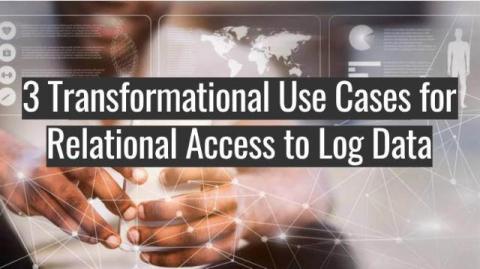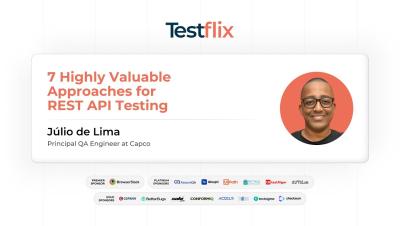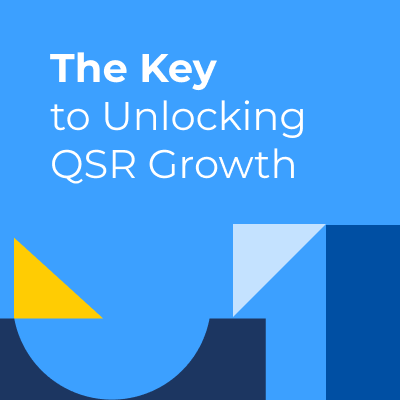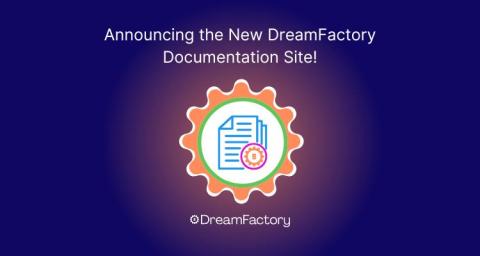App Design: The Key to Unlocking Your Creative Potential
Are you ready to step into the digital world where the possibilities are boundless and the pace is exhilarating? The world is indeed embracing the digital revolution with open arms, and the gateway to this extraordinary universe lies in the palms of our hands. Yes, you guessed it right! Smartphones and mobile devices have become an integral part of our lives. As a result, this has led to the significant popularity of app development among businesses.











